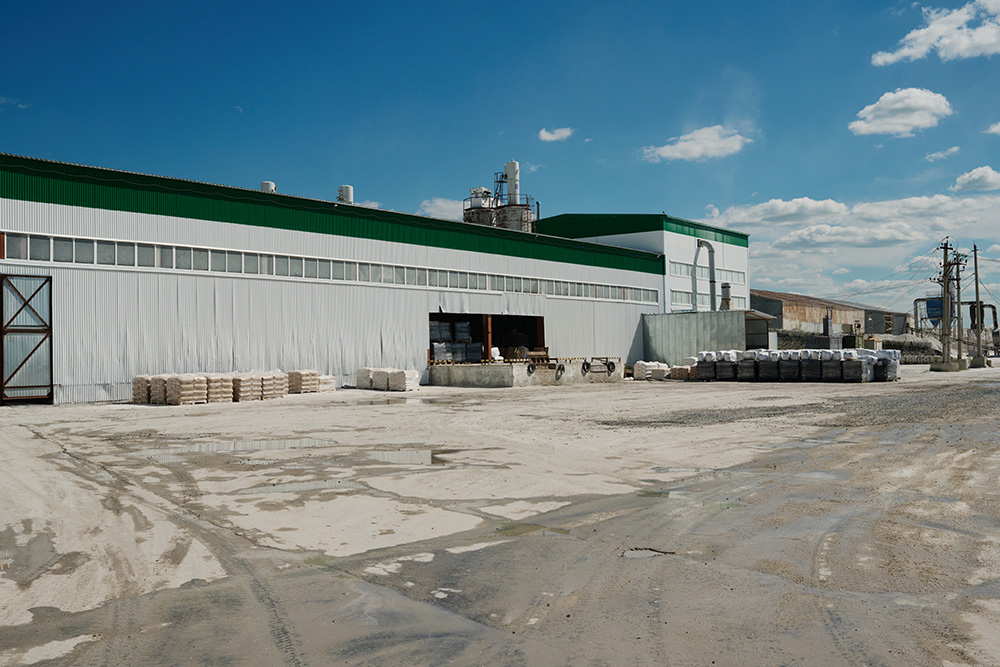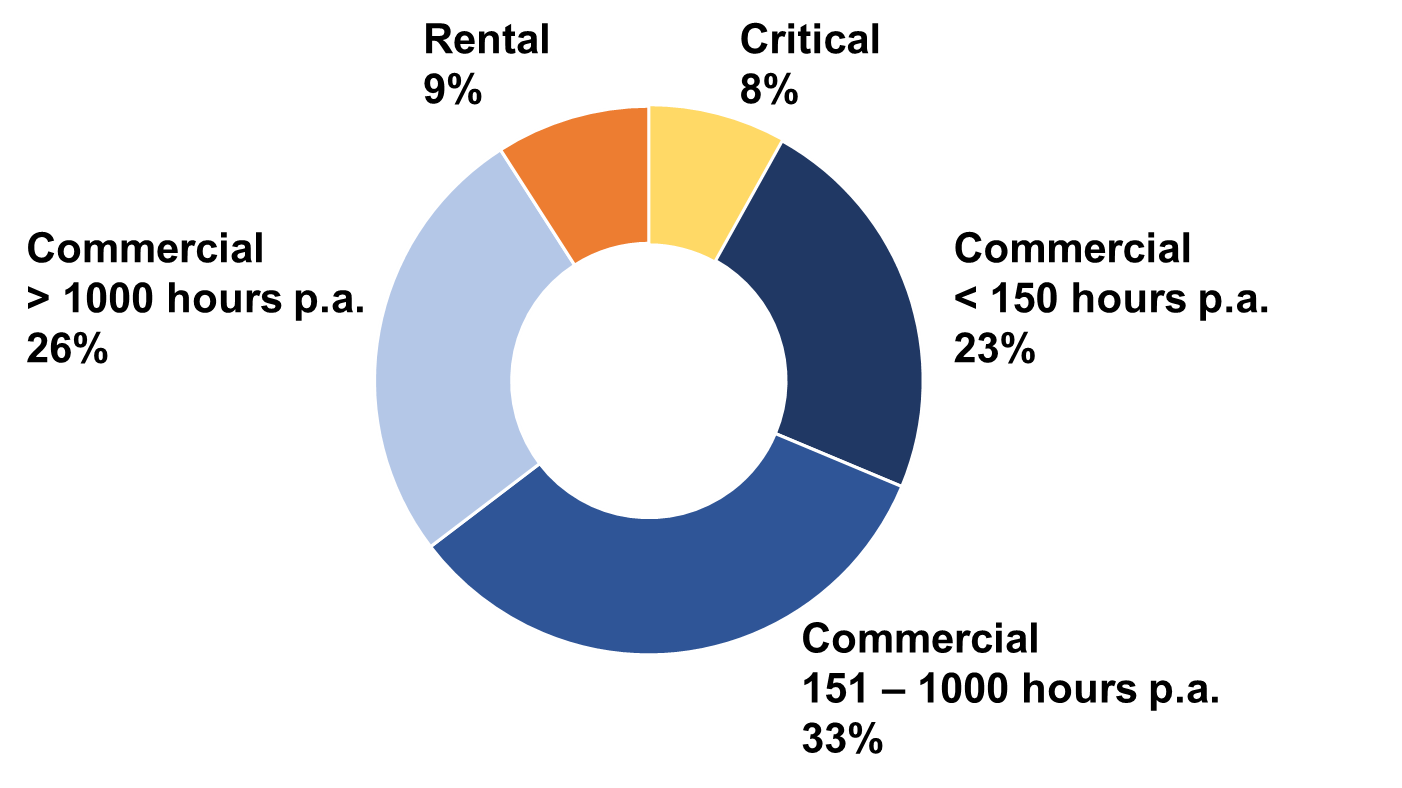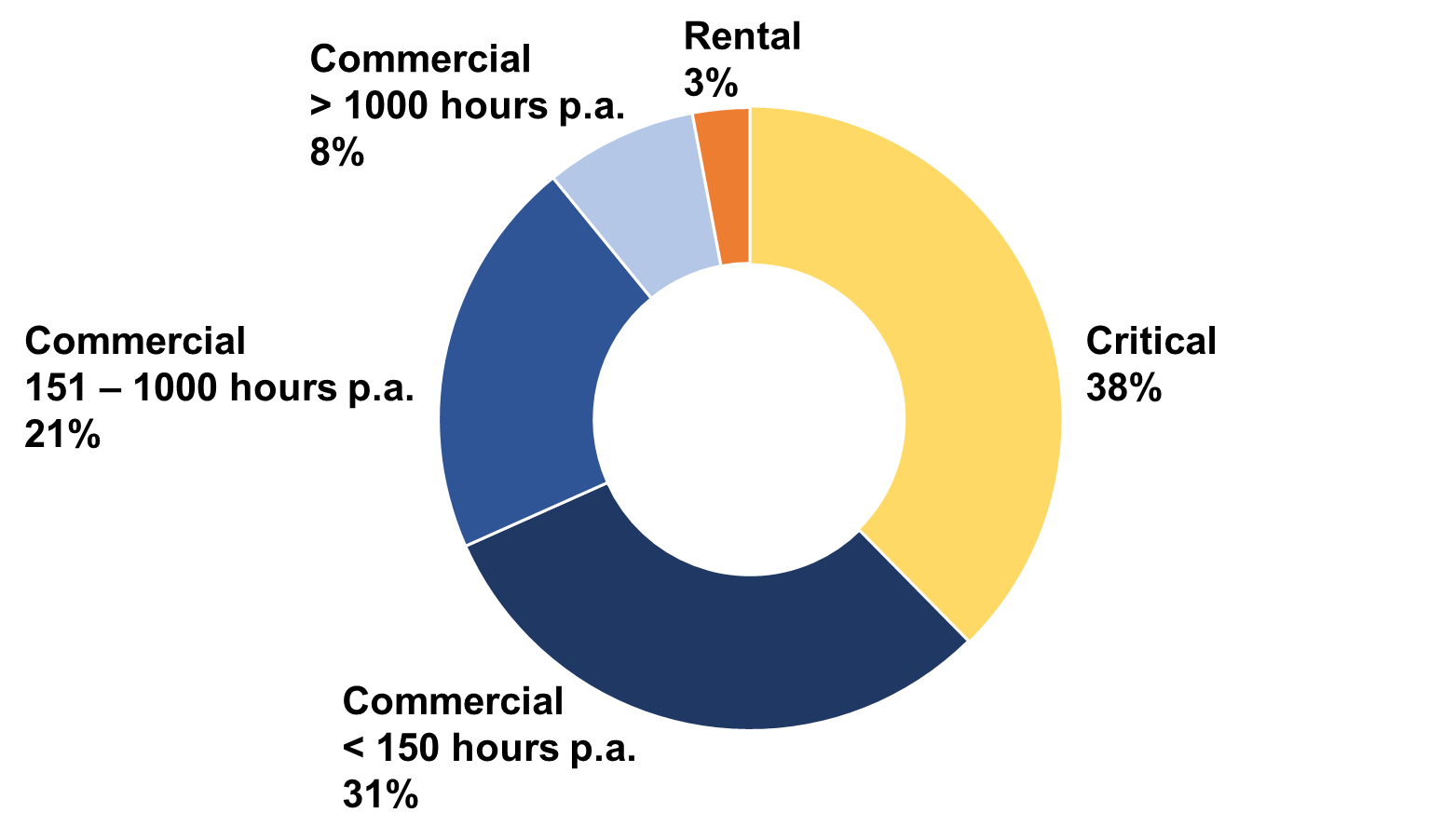March 2024
In any industry, customers are not the same across the board. There are always groups of customers, market segments with different needs in terms of products and services. Some of these groups may be growing, some declining. And some are more profitable than others.
Sectors and Segments
Sometimes, the terms sectors and segments are used interchangeably but most of the time, they're two different things.
Sectors are industries within the market, for example: telecoms, data centers, healthcare, oil & gas, mining. Looking at the market in this way can be useful in product development where a sector has specific product needs.
And a good understanding of sectors helps you tailor your marketing communication for each.
Looking at segments gets into customer behavior that may cut across sectors. For example, a customer buying a generator set for a critical application is likely to approach its purchase in a different way to someone buying for a commercial reason, or because regulations require them to install a source of standby power. Someone operating a generator set for 3,000 or more hours a year will think differently about its purchase than someone buying for light standby usage.
Sometimes an industry sector can be treated as an entire segment all of its own because customer needs and behavior are very specific to it: the rental sector is a good example.
Segments
At Parkinson Associates, we have seen the market divided into 6 or more customer behavioral segments. For simplicity, in this analysis we're going to look at three segments and further subdivide one of them, the Commercial segment, into three based on annual usage.
Successfully, and profitably, serving each of these segments may mean applying different business models, different levels of support and sometimes different products.
Critical

The Critical segment covers sectors including healthcare, banking, telecoms, data centers and industries where there are critical production processes or services. It’s epitomized most in the data center sector, which is now almost single-handedly driving growth in demand for larger diesel generator sets.
Most of the Critical segment is accounted for by premium customers: product quality, project management and lifetime support are major customer considerations.
Commercial

The Commercial segment covers a very broad range of sectors of businesses or organizations buying generator sets for their own use.
There's a premium element to this segment which accounts for 20 - 30% of customers within it. The remainder is more price-driven: whatever meets the specification at the lowest price.
The Commercial segment itself can be further subdivided based on usage levels. For example, the way a customer in this segment views a generator set purchase in Europe where usage is for light standby will usually be different from a similar customer in a region like Africa where a unit may operate for more than 2,000 hours a year.
Rental

The Rental segment is sustained partly by construction activity and outdoor events, but also providing essential power services during outages.
Generator sets may operate for 3,000 - 4,000 hours a year. For rental fleet operators, design, uptime, support and overall operating costs are all major drivers in the purchase decision.
From 7.5 - 1,500 kVA
Commercial Segment
Particularly at lower power ratings, the Commercial segment is dominant at around 80% of the market opportunity and spread across a wide range of applications. With opportunity scattered widely, broad distribution coverage is required to reach customers.
Around a quarter of the entire global market from 7.5 - 1,500 kVA is accounted for by light usage in the Commercial segment, below 150 hours a year. These are just in case products and much of this opportunity is in North America, Europe, parts of the Middle East and mature markets in Asia Pacific.
At the other end of the scale, a quarter of the entire global market from 7.5 - 1,500 kVA is accounted for by higher usage (1,000+ hours a year) in the Commercial segment and 15% of the global market is accounted for by units operating more than 2,000 hours a year, all of them being worked extremely hard and regularly requiring parts and service.
Critical Segment
Most installed diesel generator sets in the Critical segment are accounted for by the telecoms sector with generator sets commonly used in remote regions where there is no grid connection or where there are significant power outages.
Globally, although most diesel generator sets at smaller ratings fall into the Commercial segment, in Africa and parts of Asia and the Middle East, the Critical segment can be significant, around 25 - 30% of the regional opportunity, driven by sectors such as telecoms, banking and healthcare.
Around two thirds of the market from 7.5 - 1,500kVA is held by independent packagers buying in their own components, including engines. A few of them are global players but more often they are smaller operators, mainly serving their own regional markets.
Segments 7.5 – 1,500 kVA: average rating ~150 kVA

Source: Genstat+ from Parkinson Associates. Based on installed population of diesel generator sets.

A quarter of the overall market from 7.5 - 1,500 kVA is accounted for by diesel generator sets operating more than 1,000 hours a year in the Commercial segment. Much of this opportunity is in Africa.
Above 1,500 kVA
Above 1,500 kVA, the market is skewed strongly towards critical applications and lighter standby usage in the Commercial segment. Together these account for around 70% of the global opportunity above 1,500 kVA. Most of the market, around 75%, is held by premium vertically integrated OEMs, all of them major global players.
Critical Segment
Over the last decade and particularly in the last 2 - 3 years, the data center sector has been a major driver of growth in the Critical segment. The chart on the right shows the Critical segment at almost 40% of the total installed population above 1,500 kVA. Most of these units are operating for light standby usage.
Commercial Segment
The Commercial segment accounts for around 60% of the market and, again is heavily skewed towards light standby usage, with around a third of the market accounted for by units operating less than 150 hours a year, most of them in North America, Europe and other mature markets.
Segments above 1,500 kVA: average rating ~2,300 kVA

Source: Genstat+ from Parkinson Associates. Based on installed population of diesel generator sets.
The Future: Going Critical
Although at the mature end of its life cycle, the market for diesel generator sets has seen a growth surge in the last 2 - 3 years.
This has been driven by:
Economic and political uncertainty.
Growing concerns over grid resilience and reliability in some countries.
Demand for electricity exceeding supply.
Although over time, other sources of power generation and energy storage will start to eat into the diesel generator sets market, in the short to mid-term future, with increasing concerns about the reliability and resilience of power grids in North America, Europe and other mature markets, expect to see continuing strong growth in diesel generator sets, particularly for critical applications and particularly at higher power ratings.
Many of these Critical segment customers may not have any great fondness for diesel generator sets, but the trade-off is that most units will operate for minimal hours, and when they do operate, they will cost-effectively mitigate risks that completely validate their presence.

In the short to medium term, demand for diesel generator sets from critical applications is likely to be particularly strong
Insights on Opportunity for Producers of Diesel Generator Sets
To find out more about this study, contact us at at enquiries@parkinsonassociates.com
Parkinson Associates publish an opportunity database, Genstat, available quarterly and annually, for diesel generator sets, split by 12 power bands for every country. Click here to find out more.
To find out more about our research in the diesel generator set industry, click here
Download this article as a pdf
